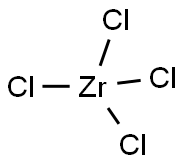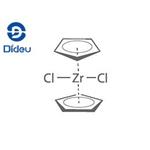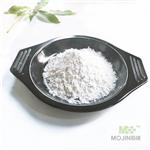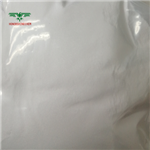Description
Bis(cyclopentadienyl)zirconium(IV) Dichloride or zirconocene dichloride is one of numerous organo-metallic compounds (also known as metalorganic, organo-inorganic and metallo-organic compounds) sold by American Elements under the trade name AE Organo-Metallics
TM. As is the case for other transition metal metallocenes, bis(cyclopentadienyl)zirconium(IV) dichloride is most often used as a catalyst.
Chemical Properties
Bis(cyclopentadienyl)zirconium dichloride is a white crystals. Soluble in
polar organic solvents. Stable in dry air, very slowly
hydrolyzes in moist air.
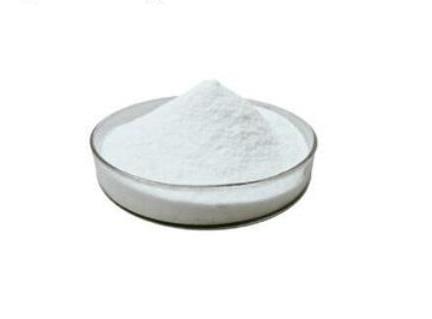
Uses
Bis(cyclopentadienyl)zirconium dichloride is used for for Stereoselective Glycosidation. It is also used in the catalyzed transamidation of primary amides with amines. Zirconocene dichloride can also be used to prepare the Negishi reagent,in oxidative cyclisation reactions. Other applications include it is used to promote greener amidations of carboxylic acids and amines in catalytic amounts. This technology avoids the requirement of preactivation of the carboxylic acid or use of coupling reagents.
Uses
Zirconocene Dichloride is the main catalyst for Kaminsky-type catalytic systems, which have high activity and isotropy for catalytic olefin polymerization, and catalytic olefin zwitterionization has also been reported in the literature. Zirconocene Dichloride is also the main component of Negishi's reagent, which can be used for the ring formation of intramolecular dienes and the ring formation of intermolecular alkynes and olefins. Rubber accelerator, component of a catalyst system for polymerization of vinyl monomers, curing agent for water-repellent silicone materials, agent for plating with zirconium.
Preparation
Synthesis of zirconium dichlorodichloride
A stirring magnet was placed in a 500 mL three-necked flask, fitted with a constant pressure dropping funnel and reflux condenser, evacuated, and replaced with pure nitrogen three times. The flask was added with 50mL of toluene and 22.3g (0.1mol) of ZrCl4, and the suspension was made by turning on the stirring. Add the THF solution of sodium cyclopentadienylide to a constant pressure dropping funnel, add dropwise at room temperature, keep the reaction solution slightly boiling, after the dropwise addition, continue the reaction for 2h. Under the heating of oil bath at 50℃, evaporate the solvent under reduced pressure to obtain a yellow solid. Put the solid into a soxhlet extractor and extract with CHCl3. Most of the solvent in the extract was evaporated under reduced pressure, and the solid was precipitated after cooling and filtered. The product was washed with a small amount of CHCl3 and dried under vacuum, yielding 20.2g of white crystals, 69% yield.
Application
Used to promote greener amidations of carboxylic acids and amines in catalytic amounts. This technology avoids the requirement of preactivation of the carboxylic acid or use of coupling reagents.
Direct amide formation from unactivated carboxylic acids and amines.
Useful in the synthesis of a wide range of early-transition-metal complexes and organometallic compounds.
Reactions
Reagent for the conversion of enynes to bicyclic cyclopentenones.
Precursor for the cyclization of dienes to cyclopentane and cyclohexane derivatives.
Precatalyst for the alkylation of olefins.
Precursor to zirconocene complexes of unsaturated organic molecules.
Catalyst for the coupling of alkoxymethyl-substituted styrene derivatives.
Reagent for the carboalumination-Claisen rearrangement-carbonyl addition cascade reaction.
Useful for the preparation of vinyl allenes.
Reagent for the alkynylation of epoxides.
Catalyst for the formation of carbocycles from cyclic enol ether.
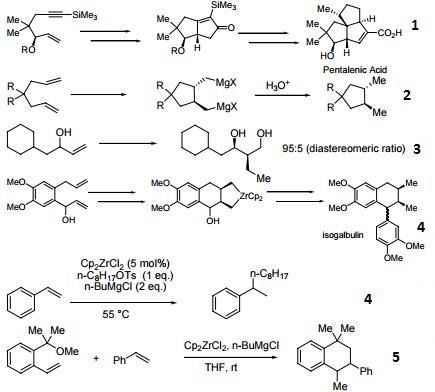


General Description
This product has been enhanced for catalytic efficiency.
Air & Water Reactions
Bis(cyclopentadienyl)zirconium dichloride is extremely unstable when exposed to air. Decomposes in water .
Reactivity Profile
Bis(cyclopentadienyl)zirconium dichloride is incompatible with water, acids, bases, alcohols and halogens.
Hazard
Toxic by inhalation and skin contact, irritant
to eyes and mucous membranes.
Fire Hazard
Flash point data for Bis(cyclopentadienyl)zirconium dichloride are not available, but Bis(cyclopentadienyl)zirconium dichloride is probably combustible.
reaction suitability
core: zirconium
reaction type: Polymerization Reactions
reagent type: catalyst
reaction type: Olefin Metathesis
Safety Profile
Poison by
intraperitoneal route. Mutation data
reported. When heated to decomposition it
emits toxic fumes of Zr and Cl-.
Purification Methods
Recrystallise the dichloride from CHCl3 or xylene and dry it in a vacuum. 1H NMR (CDCl3) : 6.52 from Me4Si. Store it dry in the dark under N2. [Reid et al. Aust J Chem 18 173 1965, Beilstein 16 IV 1770.]






